The new blueprint for innovation
![{[downloads[language].preview]}](https://www.rolandberger.com/publications/publication_image/ta45_en_cover_download_preview.jpg)
The latest edition of Think:Act prepares us for innovation in 2025 and beyond while faced with constrained resources and uncertainty across the business landscape.
_background_none.png?v=1372397)
by Steffan Heuer
Photos by Ysa Perez
David Novak rose from being a young advertising copywriter to co-founder, CEO and chairman of Yum! Brands. Now a renowned and passionate expert on leadership skills, he attributes his accomplishments to one trait: a lifelong willingness to listen to and learn from others.
Always being on the move, and being forced to make new friends every few months as a result, was the hallmark of David Novak's upbringing. As the son of an official surveyor who marked latitudes and longitudes for American mapmakers, he grew up in a trailer. By seventh grade, Novak had lived in 23 US states and that kind of nomadic existence, he says in hindsight, was exactly what made him succeed: "It took me decades to see the connection between those experiences and how I operated in my life and career, especially as a leader."
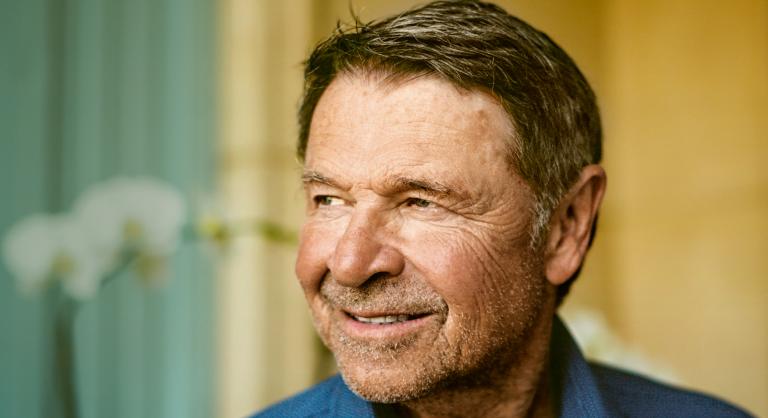
Since retiring as chairman and CEO of Yum! Brands, he shares his insights through David Novak Leadership, the parent organization to four nonprofits aiming to develop leadership skills at all ages, as the host of a business podcast and as the author of books including 2011's bestseller Taking People With You and 2024's How Leaders Learn.
Think:Act spoke with him via videoconference.
What's the difference between learning and being an active learner, as you describe yourself?
I've known many intelligent, knowledgeable people in my life who could talk confidently about almost anything. The difference between them and active learners is what they do with their knowledge. Active learners are hunting for ideas and insights that they can pair with action to create positive change.
Which traits specifically define an active learner?
They're excited about making a difference in their environment and for the people they lead, work with or live with. They're curious about and open to new ideas, experiences and people. They're humble enough to accept that they don't know everything and confident enough to tackle problems or take on challenges based on what they do know. And the most successful are focused equally on people and results – our two biggest sources of learning in life.
David Novak began his career as an advertising copywriter at the Ketchum agency, where he served as supervisor on the PepsiCo account. He then went on to become the co-founder and CEO of Yum! Brands, PepsiCo's fast food division. From 1999 until 2016, he helped scale the company to eight times its original size, from a market value of $4 billion to $32 billion. Since retiring in 2016, he became founder and CEO of David Novak Leadership and hosts the top-ranked podcast How Leaders Lead. The author of five bestselling books, he is also a sought-after expert on leadership and recognition culture.
How can we learn to be an active learner? What are the concrete skills to look for and hone?
First, make it a discipline. "Learn more" can be a vague goal, so we have to bring a kind of rigor to it. For instance, every year, I do what I call a 3x5 exercise. On one side of a 3x5 index card, I answer the question, "Who am I today?" On the other, I answer the question, "How can I be better tomorrow?" This discipline helps me learn in a focused, action-oriented way.
Second, leverage that discipline to develop an open, curious mind. We can become more curious, expand our perspective, overcome our biases. Brian Cornell, the hugely successful CEO of Target, told me he fights to stay curious by measuring his language, trying to ask three times as many questions as he makes statements. I worked to expand my perspective by talking with people I didn't often come into contact with. I rode Pepsi delivery trucks. I would sit with people from all levels of the organization in our cafeteria. I spent more time talking with front-line cooks and servers than managers when I toured our restaurants.
Third, and this might seem like circular reasoning: take action. Even if it feels risky. We don't learn anything by standing still.
You distinguish between three types of learning. Learning from people and environments, learning to develop an open, curious mind and learning by doing. Can you walk us through all three?
Learning from people and environments requires you to spot learning opportunities wherever they appear – and to be honest with yourself. It's hard to learn from people who know more than you, for instance, if you can't admit that they do know more than you. And it can be hard to learn from our failures because we have a tendency to not want to reflect on what went wrong or what mistakes we made. Every new environment and every new experience and every new team offers a host of learning opportunities if we make the effort.
Learning to develop an open, curious mind is all about overcoming the mental hurdles we all face that shut us off from ideas, opportunities and people. It's developing better critical thinking by combating the brain's tendency to develop mental shortcuts that create bias and blind spots, to avoid risk and to focus on the negative.
Learning by doing requires us to dive in so that we can discover the insights that come from action. Of course, not all action is equally educational. We should look for action that can help us grow, like tackling new challenges, solving big problems, doing the hard things, doing the right thing and making people our priority.
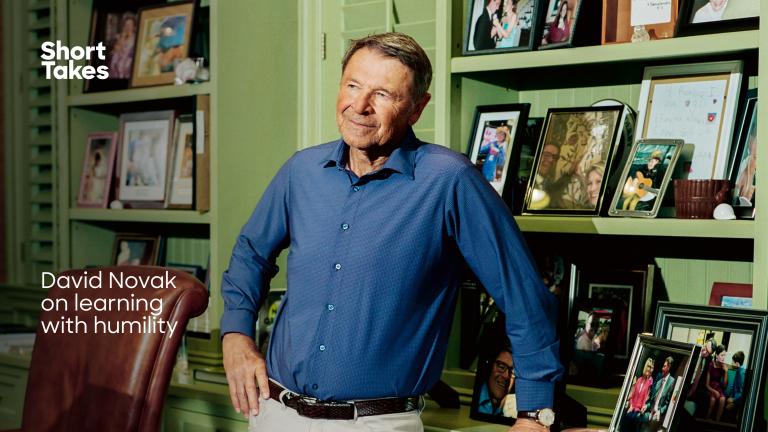
You rose pretty steeply from copywriter fresh out of college to running Yum! Brands with a million-plus employees. In hindsight, when did you become an active learner yourself? Were there age-related milestones or career choices at Frito-Lay, PepsiCo and Yum! Brands that forced this development?
I was lucky to be raised with an incredible work ethic, because my parents were such hard-working people and expected me to do every job to the very best of my abilities. And they raised me to be kind, generous and interested in other people, especially because we moved every few months until I was in middle school. That's a strong foundation for active learning. I was also ambitious. I wanted to get ahead, and that's not possible without learning as much as you can as fast as you can.
"You have to be willing to admit you don't know everything about the problems or the solutions. Be open to good ideas no matter where they come from."
Early on in my career, I understood that being a problem-solver – somebody who could come in and pull a team together to transform results – was a fantastic way to differentiate myself. And it was fun! That was essentially the work I was doing in advertising agencies, but it really took off when I became the VP of marketing for Pizza Hut, which was owned by PepsiCo at the time. Every career move I made from there was because I became known as somebody who could turn a team and a company around.
In each position, I understood more and more that transformation work is only possible when you can learn from others and take action together. You have to be willing to admit you don't know everything about the problems or the solutions. Be open to good ideas no matter where they come from. Overcome risk avoidance to try new approaches or tackle big challenges. And share the credit for the successes so that you build positive energy – and so people will keep sharing their great ideas with you.
You write about your feelings of not fitting in when other people in meetings would bandy about their degrees. To what extent does traditional education prepare us for becoming such lifelong learners?
Traditional education creates a foundation of knowledge and of essential learning skills, like critical thinking, research and information gathering, analysis. The best education approaches also encourage us to develop creative thinking, to work with teams, to understand ourselves better and to pursue interests that boost our curiosity and our leadership. But active learning doesn't start or end there and it's definitely not dependent on the number of degrees you hold or the pedigree of the schools you attended. I spent most of my career working with people who had MBAs from high-profile colleges, when I had a BA in journalism from a state school. It was my active learning discipline that helped me advance quickly in my career.
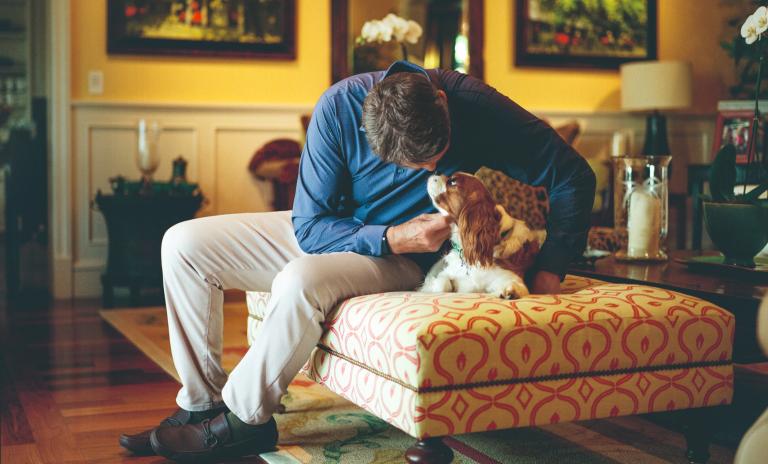
It's often hard, in particular for powerful executives, to NOT think you are the smartest person in the room. Are there ways to overcome this limitation?
First, invite more truth-tellers into your life. I've had many. My wife, Wendy, who passed in 2024, was my biggest truth-teller. Every time I would give a speech, she would give me a letter grade. "That was a B," she'd say. I would get defensive at first. "A B?! Everybody said it was great!" And then she would tell me why it was a B and how I could do better next time. And I worked on being coachable so that I could listen.
Second, surround yourself with people who know more than you and who are willing to share that knowledge. If we're surrounded by people telling us what we want to hear rather than filling the gaps in our knowledge, we're going to miss out on critically important information and move forward with half-baked ideas and strategies.
Third, you have to work daily on developing your humility without tearing down your confidence. It all comes down to recognizing that your success is entirely dependent on other people. Humility is just the recognition that you can't do it by yourself. Confidence is simply the expectation that you'll find a way to win – somehow. The "somehow" almost always depends on a team.
Failure is often presented as a learning opportunity. Can you share your thoughts on that rather vague idea by diving into your own corporate experience? What was the one failure that gave you the biggest learning opportunity?
I don't think I would be able to choose just one. My most public was the national release of Crystal Pepsi, which was pulled from the market about a year later. It was lampooned by Saturday Night Live and Time magazine put it on its list of "The 100 Worst Ideas of the Century," alongside hydrogen-filled blimps and spray-on hair. What I learned was to not let my enthusiasm or ambition override advice from people who knew more than me. I didn't listen well enough, I pushed too hard and too fast – and as a result, an idea that might have been successful failed.
The failures I regret the most, though, are all about people – the moments when I didn't show enough gratitude or appreciation, when I didn't give somebody the benefit of the doubt or when I prioritized results over relationships.
Many people have not had an easy time returning to the office or workplace, with or without company enticements and mandates. What opportunities for active learning are we at risk of losing if we spend too much of our time working from home and in video meetings?
Our exposure to people and the opportunity to build relationships beyond our own departments or level in an organization is the biggest missing piece when we're not in the office. This is extra important for leaders as they rise up the ladder. It can be easy to become disconnected from the people doing the daily work of the business.
For instance, when I led large companies, I would regularly find someone sitting alone in the lunchroom and ask if I could join them. Once they got past the initial surprise of a senior leader asking to eat lunch with them, the conversation would flow and I would learn something I didn't know before I got there. A young marketing person gave me good ideas about how to train new employees based on his own experience as the new guy. Sometimes I would learn how people felt about decisions we were making and where we were headed as a company.
More than that, I expanded my experience of the people who worked for our company and that challenged my judgments and assumptions. We learn more from other people than almost anywhere else in our lives, and it's a problem if we're missing those opportunities.
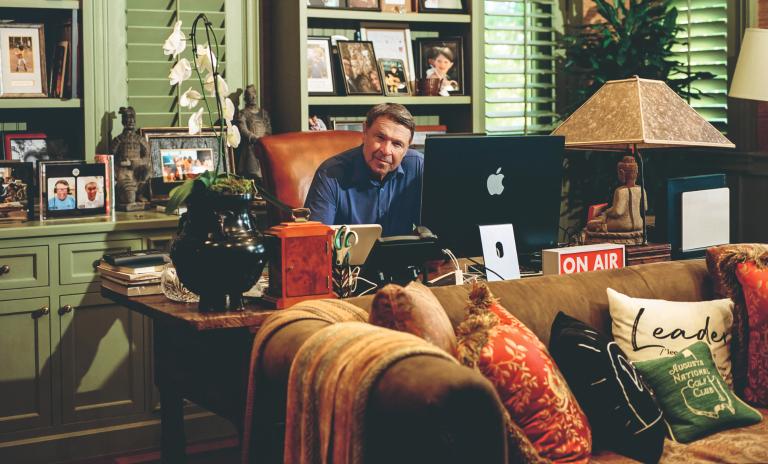
Leading an organization is consuming, even more so in tough times. How did you carve out time for finding stillness and introspection?
In a few ways. Sometimes, I would schedule time for it in my week – to kick back and ponder a challenge or to try to think creatively about our business or to consider the question, "If some hotshot came in and took over my job, what would they do?" I would take advantage of time on airplanes when I was traveling. I've always been physically active, and it's easy to let your mind wander and explore while you're exercising. I attend a weekly Bible study group with friends who are also corporate leaders, where we reflect on how to live and lead by our values or to examine our responsibility to do more good in the world. And I spend time each morning reflecting on my day.
"The more we can see the world the way it really is, the better our ideas and the clearer we can be about what action to take."
Some problems seem simply too big and complex, or might not have a good solution at all. Can you talk about your approach to simplifying – and then, hopefully – solving them?
First, I gather as much information as I need to bring the issue down to its simplest form. I'm looking for the essential information that helps me understand reality – not what I wish or hope. The more we can see the world the way it really is, the better our ideas and the clearer we can be about what action to take. Then, I ask the simplest question possible to find that effective action or decision. When I was trying to decide whether to hire someone and all the other criteria had been met, I would always ask myself, "Would I want [my daughter] Ashley to work for this person?" When I was trying to figure out how to grow or improve a business, I would ask people on my team or people on the front lines, "What would you do if you were me?" When I worked in marketing, over and over I would ask, "What one perception, belief, or habit do we have to shift or build to grow the business?" When my teams have answered that question clearly and simply, we almost always hit pay dirt.
Finally, you have to communicate what needs to happen next as clearly and simply as possible – you have to "make it duckies and goats." That phrase came from the children's books I would read to Ashley, which were engaging, memorable and made complex ideas digestible.
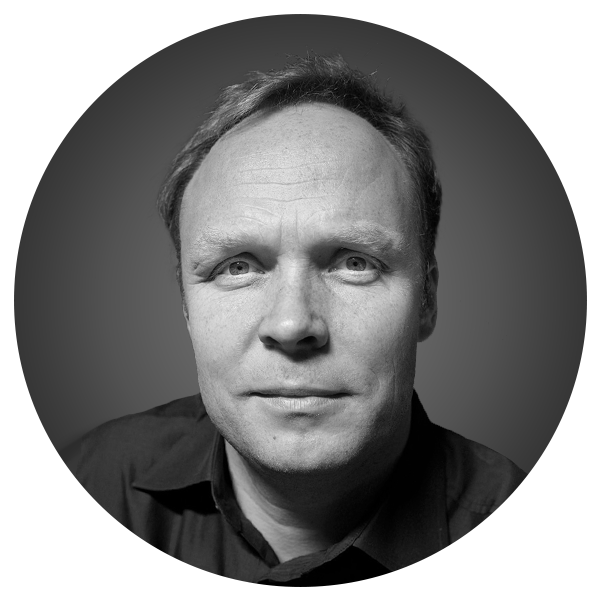
![{[downloads[language].preview]}](https://www.rolandberger.com/publications/publication_image/ta45_en_cover_download_preview.jpg)
The latest edition of Think:Act prepares us for innovation in 2025 and beyond while faced with constrained resources and uncertainty across the business landscape.
